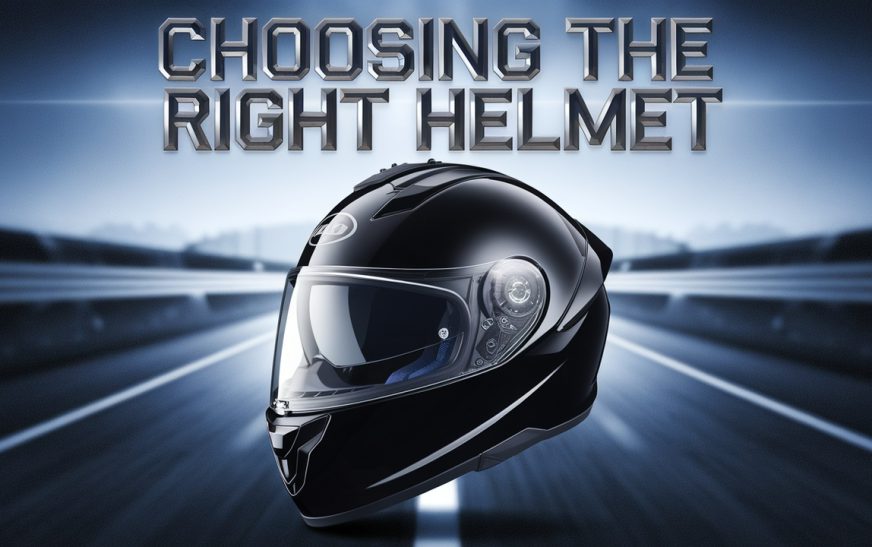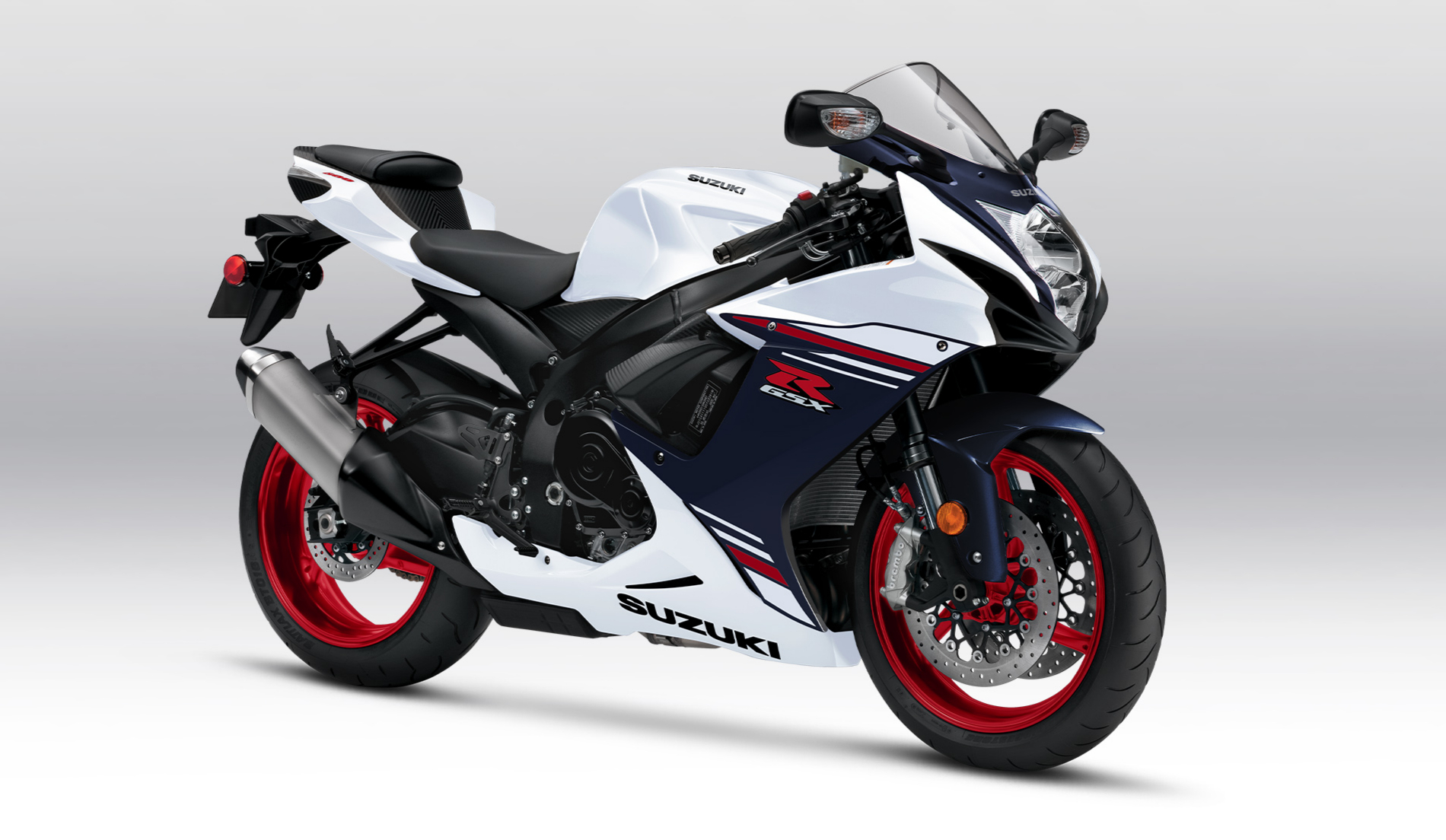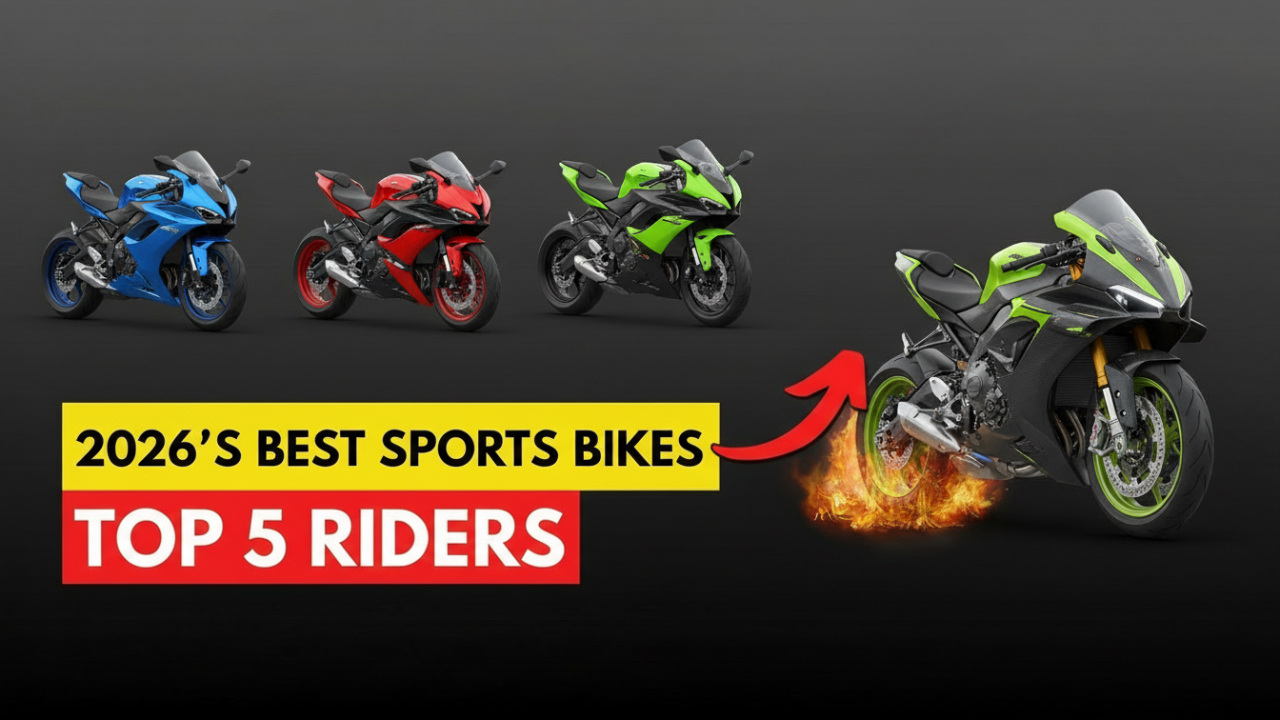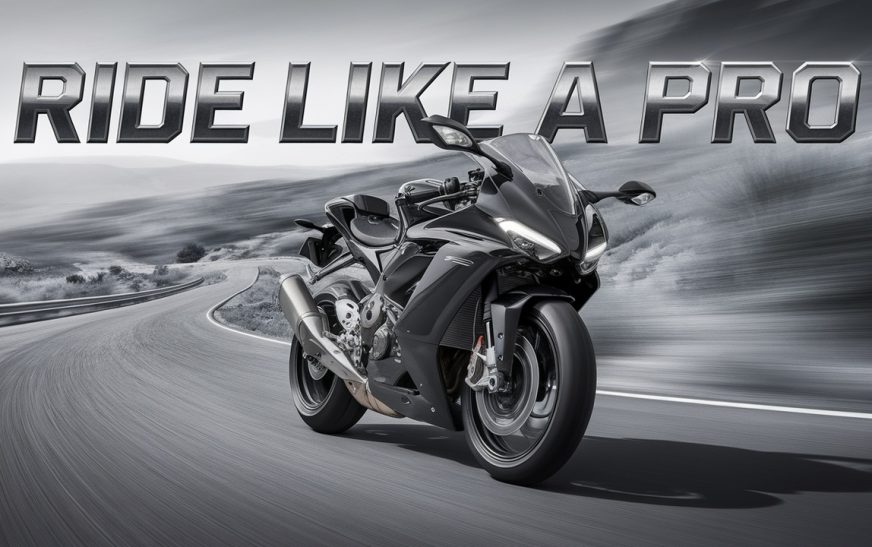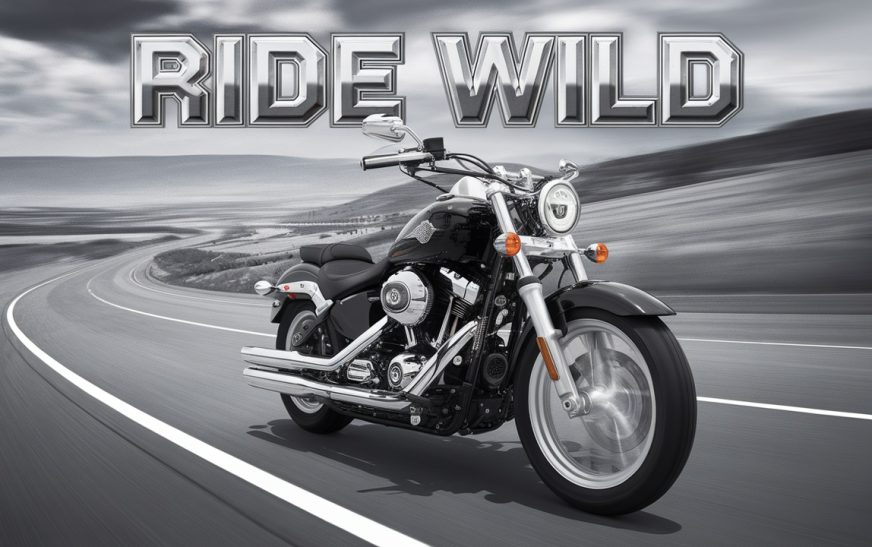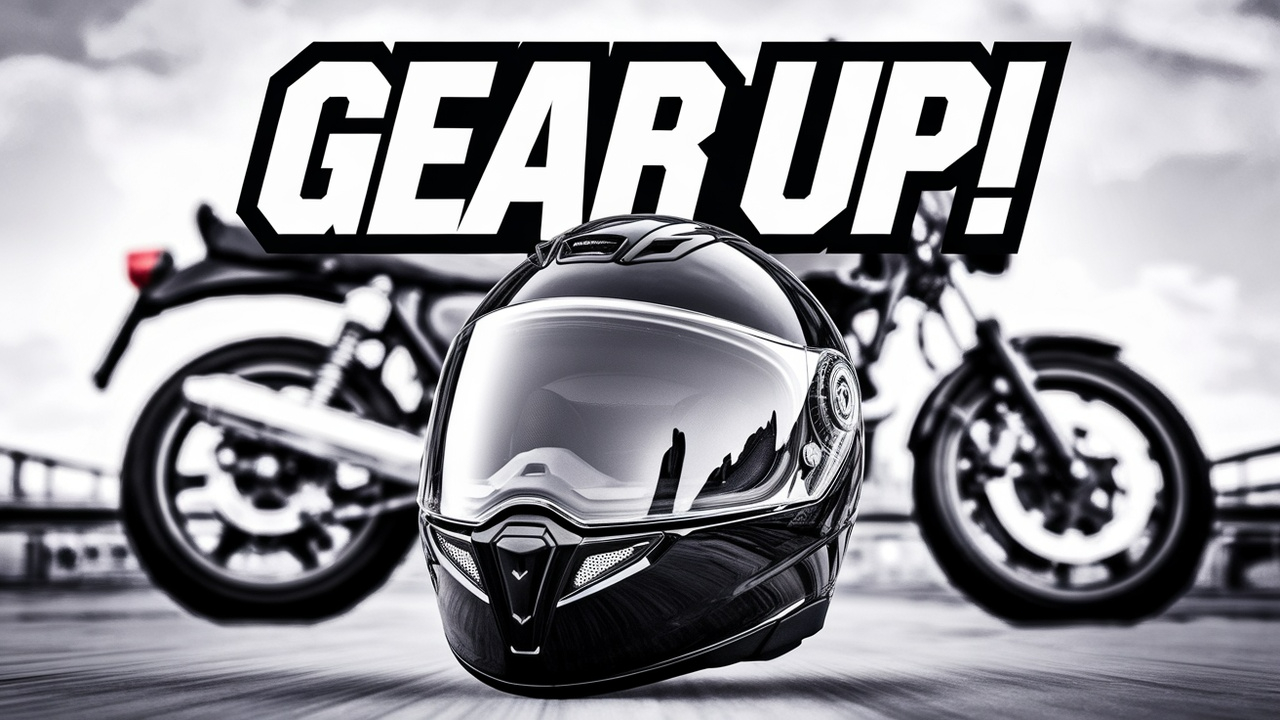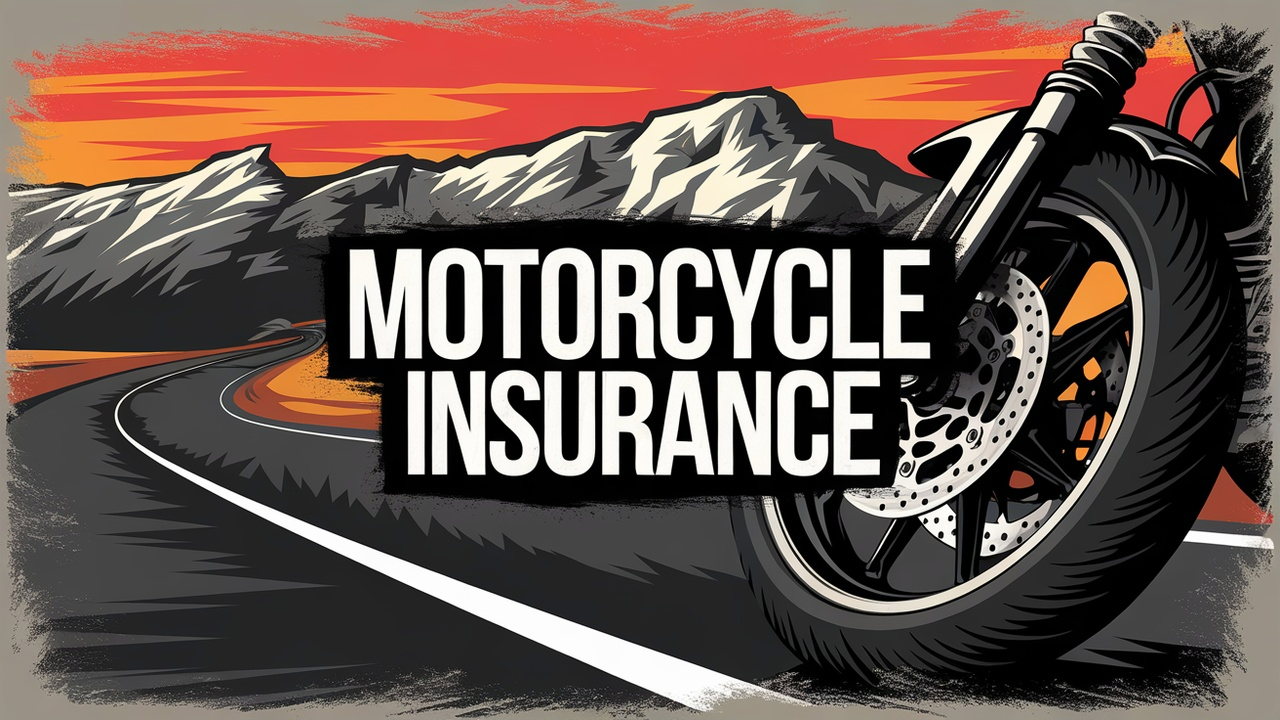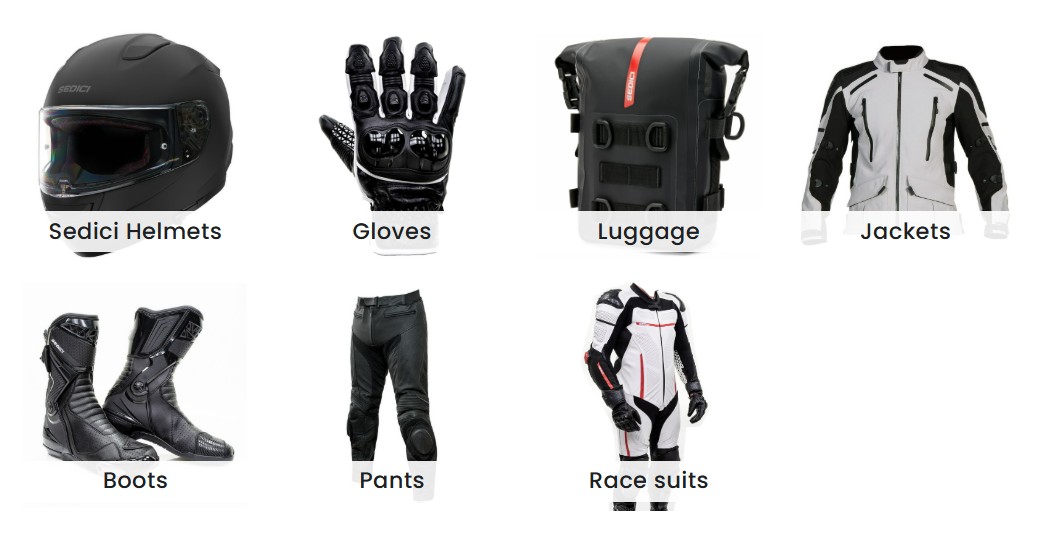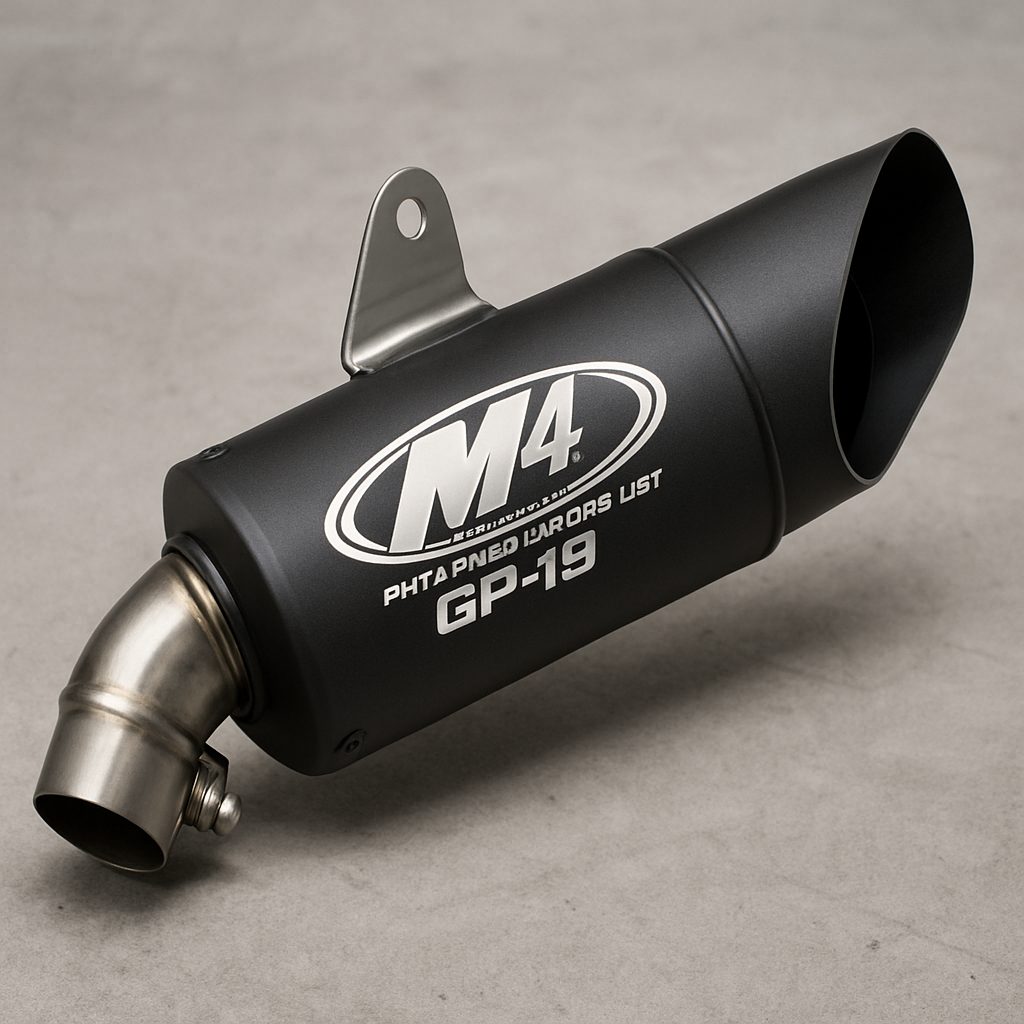A Comprehensive Buying Guide
Choosing the right motorcycle helmet is one of the most important decisions you’ll make as a rider. A helmet protects your head in the event of an accident and can mean the difference between life and death. With so many options on the market—ranging from full-face helmets to modular and open-face helmets—choosing the right one can be overwhelming. This comprehensive buying guide will help you understand the various types of helmets, their features, safety ratings, and other factors to consider before making your purchase.
1. Understand the Different Types of Motorcycle Helmets
Before you dive into choosing a helmet, it’s important to know which type suits your riding style and preferences. Each type of helmet has unique features designed for specific riding conditions.
A. Full-Face Helmets
- Best For: Street riding, sport riding, touring, and track use.
- Pros: Offers the most protection by covering the entire head, including the chin and jaw. Full-face helmets provide superior impact protection and reduce wind noise and weather exposure.
- Cons: Can feel warmer and more enclosed than other types, especially in hot weather.
B. Modular (Flip-Up) Helmets
- Best For: Touring, commuting, and riders who want versatility.
- Pros: Features a chin bar that can be flipped up, allowing riders to speak easily, drink, or take a break without removing the helmet. Combines the protection of a full-face helmet with added convenience.
- Cons: Slightly heavier than full-face helmets due to the flip-up mechanism. May not be as secure in a crash as a solid full-face helmet.
C. Open-Face Helmets
- Best For: Cruising, vintage, and cafe racer riders.
- Pros: Lightweight, comfortable, and offers better visibility and airflow. Provides freedom around the face, which can be appealing in warm climates.
- Cons: Offers less protection than full-face helmets, especially for the chin and jaw area. Not ideal for high-speed riding or in harsh weather conditions.
D. Half Helmets
- Best For: Casual cruising, low-speed riding, and urban commuting.
- Pros: Extremely lightweight and offers great comfort for short rides. Excellent airflow and visibility.
- Cons: Minimal protection for the face, chin, and jaw. Not recommended for high-speed riding or for protection in the event of a serious crash.
E. Off-Road (Motocross) Helmets
- Best For: Off-road riding, motocross, and dirt biking.
- Pros: Designed for off-road riders, with features like a peak visor to protect against debris, excellent ventilation, and a wide opening for goggles. Offers protection in rugged terrains.
- Cons: Less aerodynamic and not suitable for street riding due to the lack of a chin guard and full-face coverage.
2. Helmet Safety Ratings
Safety should be your top priority when choosing a motorcycle helmet. Helmets are tested and rated for their ability to protect your head in the event of a crash. Look for the following safety certifications when purchasing a helmet:
A. DOT (Department of Transportation)
- The DOT certification is the minimum standard for helmets sold in the United States. It ensures that the helmet meets the basic safety requirements, including impact resistance, penetration resistance, and retention.
B. ECE (Economic Commission for Europe)
- ECE is a more rigorous standard widely recognized in Europe. Helmets with the ECE label undergo more extensive testing than DOT-certified helmets and are often preferred by riders who prioritize safety.
C. Snell
- Snell is a nonprofit organization that sets higher safety standards than DOT or ECE. Helmets with the Snell certification undergo even more rigorous impact testing, especially in terms of rotational forces. If you are a racer or a serious street rider, Snell-rated helmets are highly recommended.
D. SHARP (Safety Helmet Assessment and Rating Programme)
- A UK-based rating system that evaluates helmet performance based on a series of impact tests. SHARP offers a star rating system, with five stars being the highest safety rating. Helmets that receive a higher SHARP rating typically provide better protection in crashes.
3. Fit and Comfort
A helmet that doesn’t fit properly can be uncomfortable and unsafe. An ill-fitting helmet may not provide the protection you need during an accident, and it can also be distracting or painful over long rides. Here’s how to ensure a proper fit:
A. Measuring Your Head
- Head Circumference: Use a soft tape measure to measure the circumference of your head about one inch above your eyebrows, around the widest part of your skull. This will give you the most accurate size measurement.
- Sizing Charts: Refer to the manufacturer’s sizing chart, as each brand may have slight variations in sizing. Make sure to check the specific chart for the helmet you are considering.
B. How the Helmet Should Fit
- Snug Fit: The helmet should fit snugly but comfortably. It should not move around when you shake your head or press it from the front to back.
- Pressure Points: There should be no painful pressure points, but it should feel snug on all sides. Make sure that the helmet doesn’t press uncomfortably on your forehead or temples.
- Chin Strap: The chin strap should be tight but not uncomfortable. It should allow for one or two fingers to fit between the strap and your chin, but no more.
- Padding: Check for adequate internal padding for comfort and additional protection. Many helmets have removable and washable liners, which make maintenance easier and improve comfort.
4. Ventilation and Airflow
Proper ventilation is essential for rider comfort, especially if you are riding in hot weather. A well-ventilated helmet helps reduce heat buildup, moisture, and fogging, allowing you to ride comfortably for longer periods.
A. Ventilation System
- Look for helmets with adjustable vents that allow you to control the airflow. Most helmets have vents on the front (chin) and rear to allow airflow in and out, reducing fogging and heat buildup.
- For long rides, or in warmer climates, consider helmets with more extensive ventilation systems.
B. Anti-Fog Visor
- Many helmets come with anti-fog visors or insertable anti-fog films. This feature is particularly important for street riders who may experience fogging in cold or humid conditions.
5. Helmet Material and Construction
The construction of the helmet plays a crucial role in safety and durability. Motorcycle helmets are typically made from the following materials:
A. Outer Shell
- Fiberglass: Lightweight, durable, and strong, fiberglass is a common material used for the outer shell of high-quality helmets.
- Polycarbonate: A more affordable option, polycarbonate helmets are slightly heavier but still offer good protection. Many helmets feature a polycarbonate shell for its impact resistance and affordability.
- Carbon Fiber: Known for its strength and lightweight properties, carbon fiber helmets are often the choice of professional riders. They provide excellent protection while reducing weight.
- Kevlar: Some helmets use a Kevlar blend for additional strength and impact absorption.
B. Inner Liner
- Helmets feature a multi-layer EPS (expanded polystyrene) liner to absorb and distribute the impact energy. Look for helmets with a high-density EPS liner that offers maximum protection.
- Many helmets also feature moisture-wicking liners to keep you cool and comfortable, especially on long rides.
6. Helmet Features and Extras
In addition to basic protection, there are several features that can improve your riding experience. These include:
A. Visor/Face Shield
- Clear vs. Tinted: Choose a clear visor for night riding and a tinted visor for daytime riding. Some helmets come with both clear and tinted options, allowing you to switch depending on the lighting conditions.
- UV Protection: Many modern visors offer UV protection to shield your eyes from harmful rays while riding.
- Pinlock System: A Pinlock is an anti-fog system built into the visor to reduce fogging in colder weather.
B. Bluetooth Compatibility
- Many helmets come pre-wired or have space for Bluetooth communication systems. These systems allow riders to connect with other riders, listen to music, or take calls while riding.
C. Removable Liners and Pads
- Removable and washable liners make it easier to maintain hygiene and comfort. Some helmets also come with customizable padding to achieve a more personalized fit.
7. Price vs. Quality
While it’s tempting to go for a less expensive helmet, it’s essential to balance price with quality. A helmet that is too cheap may lack the necessary safety features or fail to meet safety certifications. On the other hand, an expensive helmet may come with additional features that aren’t necessary for every rider.
A. Budget Helmets
- Look for helmets that meet DOT or ECE certifications for safety. Budget-friendly helmets usually offer the basic protection you need but may lack advanced features like ventilation, Bluetooth compatibility, or high-end materials.
B. Premium Helmets
- Premium helmets often offer superior comfort, advanced safety technologies (like MIPS), and higher-quality materials like carbon fiber and kevlar. These helmets are a great investment if you ride regularly and prioritize comfort and performance.
Conclusion
Choosing the right helmet is a combination of safety, comfort, and style. Start by identifying the type of helmet that best suits your riding style, and then focus on factors like safety certifications, fit, material, and comfort features. Whether you’re commuting, touring, or racing, finding a helmet that fits well and meets safety standards is essential for every rider. Don’t rush the process—investing in a high-quality, well-fitting helmet is one of the best ways to protect yourself on the road.
Is it really necessary for you to purchase a new motorcycle as a beginner? Please click here for further information.
Would you like to join me on my motorcycle journey?

